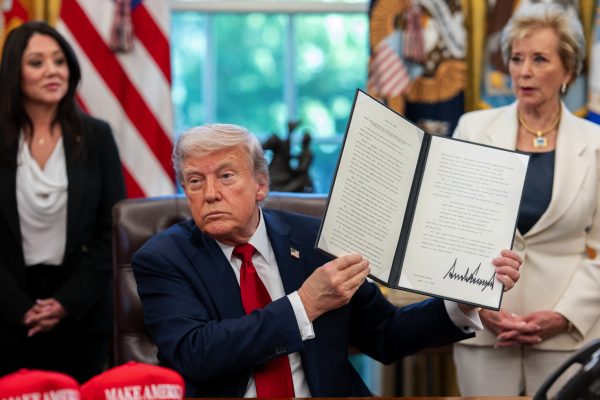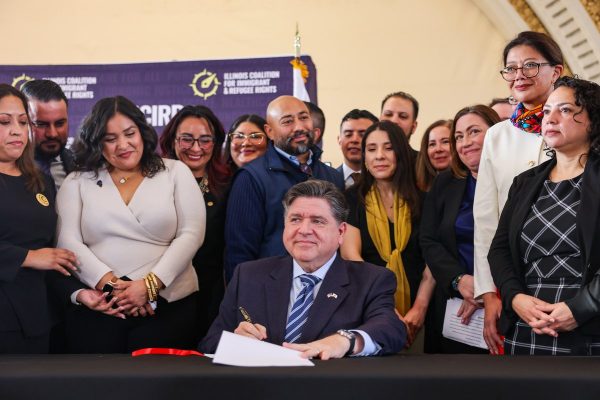Federal Reserve’s slash of interest rates to give sigh of relief to college students
Oct 5, 2007
Last updated on May 12, 2016 at 04:52 p.m.
Students will be able look forward to the benefits of a rate cut, though their bank accounts may not feel the immediate effects.
The Federal Reserve announced a cut in national interest rates Sept. 18, decreasing rates from 5.25 percent to 4.75 percent. This was the first decrease in interest rates in four years.
Gregory Kienzl, visiting assistant professor for the Forum on the Future of Public Education in the College of Education, said students would benefit from the cut in interest rates in the long run.
“It benefits students in the sense that the interest rates are lower,” he said. “The amount they have to pay back is also less.”
Get The Daily Illini in your inbox!
He said students may not feel the current decrease in interest rates because most students do not start paying back their loans until after college.
The Federal Reserve specifically decreased the federal funds rate, which in turn affects the prime rate. The prime rate is the interest rate lenders give to customers with the best credit history.
Due to the cut, students who take out private student loans with variable rates should see a dip in their interest rates the next time they are adjusted. A variable-rate student loan has a rate determined by a lender periodically.
Students can receive anywhere from the prime rate to the prime rate plus 9 percent, based on their credit history. The prime rate is the lowest rate students get when they borrow from a private lender.
While students may benefit from lower prime rates, lenders will be making less profit.
“If the prime interest rate is cut and they adjust their rates accordingly, they are making less than they could have when the interest rates were higher,” Kienzl said.
But the decrease in interest rates for private student loans do not mean that they will be cheaper than federal loans. Students who take out federal loans borrow directly from the government at lower rates.
The College Cost Reduction and Access Act, which President Bush signed into law on Sept. 27, will cut interest rates on federal loans from 6.8 percent to 3.4 percent over the next four years.
Those rates are still lower than the prime rate, so private student loans remain more expensive than federal loans.





